Comments (6)

I like this artwork because the sky colors are vivid and directing the eye towards the dark mountain. This piece has a lot of small details that add a lot of character to the piece.

I love this painting right off the bat. It immediately caught my eye with the colors it gives off. Looking deeper into the painting i noticed the smaller details such as the ship in the water and a man dog sledding. The texture of this photo is beautiful too because it looks very smooth. The colorful light beams look like the paintbrush just flicked them upward in a graceful motion. This painting also seems like it is suppose to be dark and sad, but the colors make it seem like there is hope and just a cold winter night.

I find this picture to be very interesting. The value of the colors within the picture really draw your eyes to the colors of the aurora borealis. The texture also gives the painting a sense of realism. Lastly, the composition of this splits in the horizontal fashion rather than vertical, this also helps draw your eyes up.

I like it because there’s mystery to it. The sky is lit with vibrant colors but below is bleak despite the shadows. The colors could symbolize how he felt after the Union’s victory at Gettysburg: blue stability, red power, and yellow happiness.

I love how the water reflects the different colors in the sky. It gives the picture symmetry between the top and bottom half.

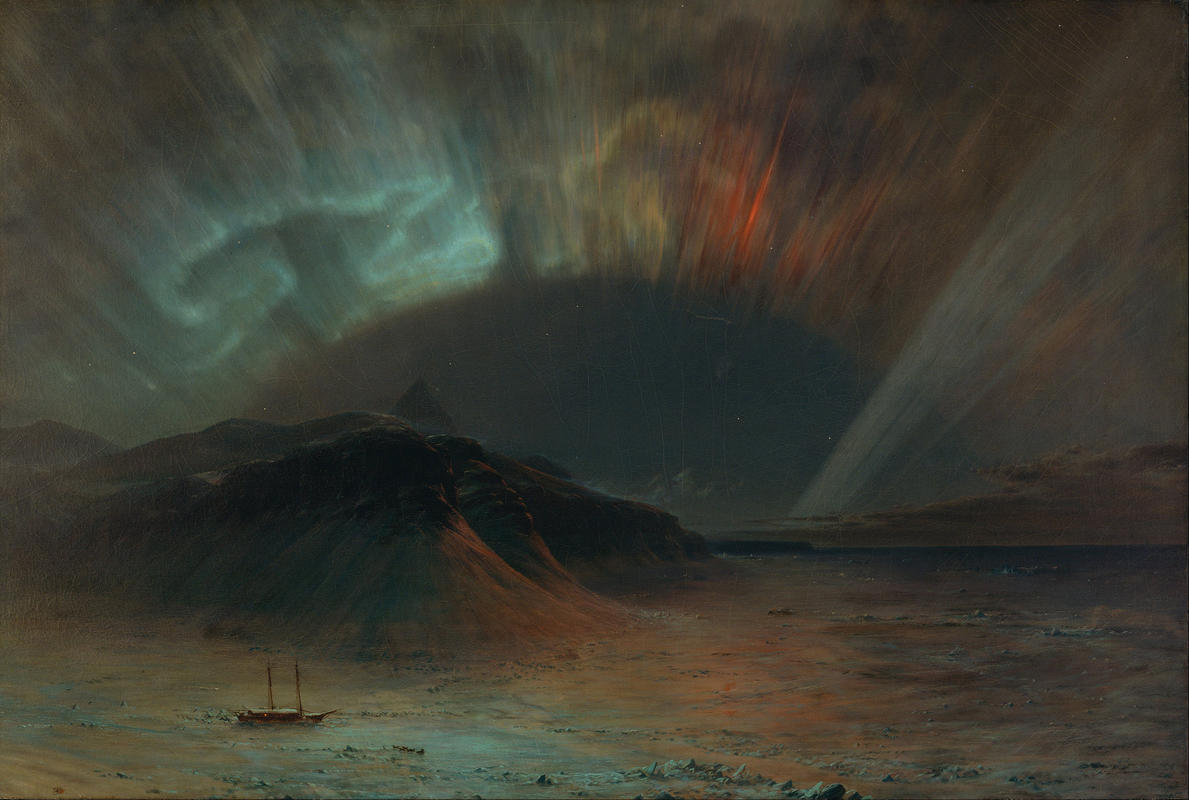
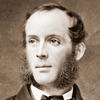
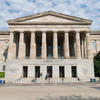
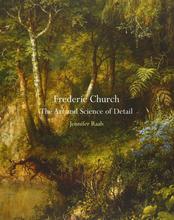










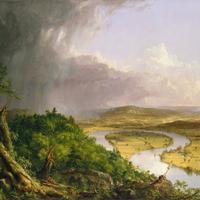
The colors in this painting are beautiful. I like how he combines the use of different values with the use of line to make the painting look like it illuminates light. I also like the vastness this painting portrays with the dark, voluminous mountains and the far reaching waters. It reminds me how big the world is. Sometimes I feel like that little boat compared to the world! He took a beautiful moment, but he took this beautiful moment to the next level.